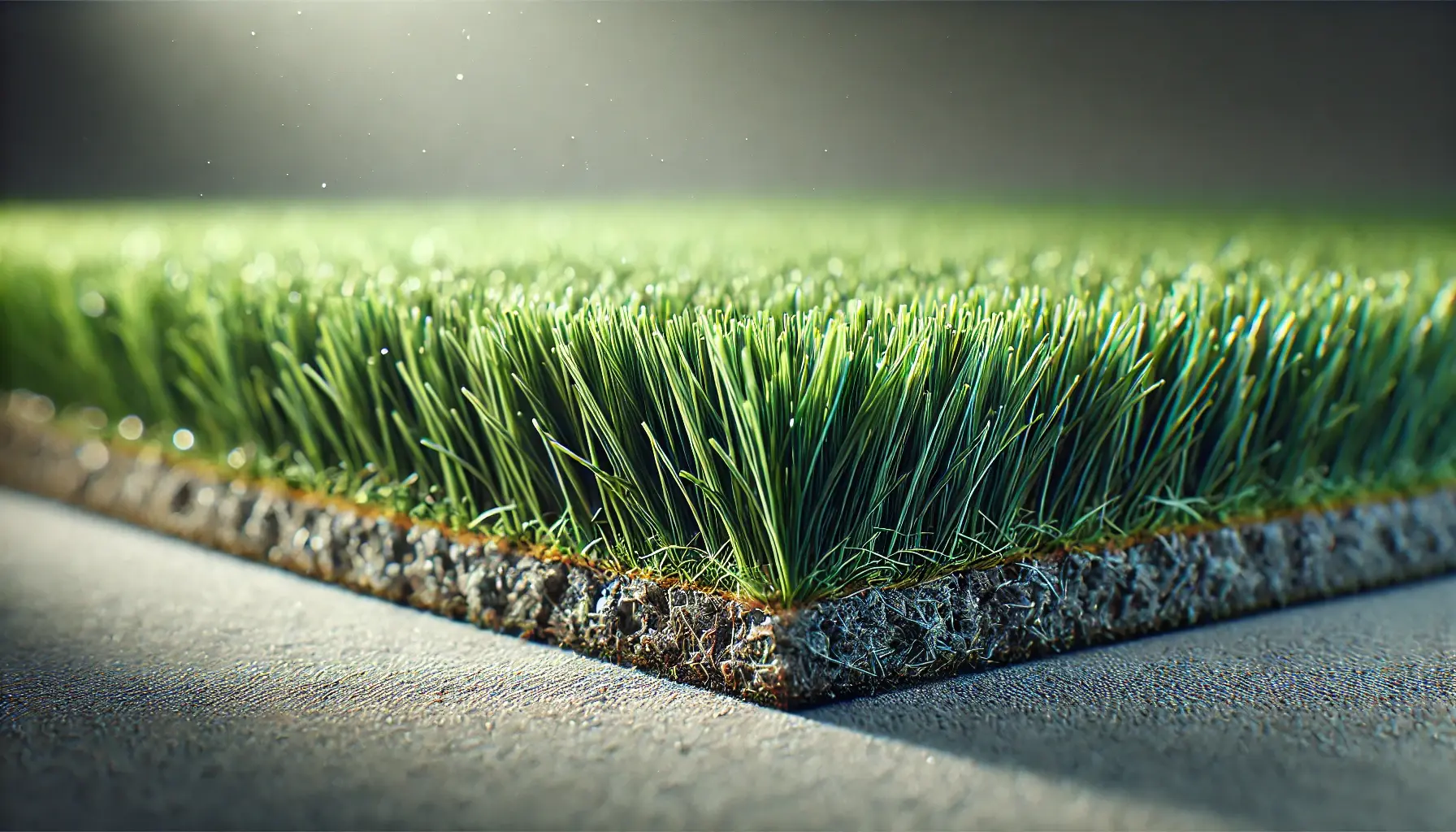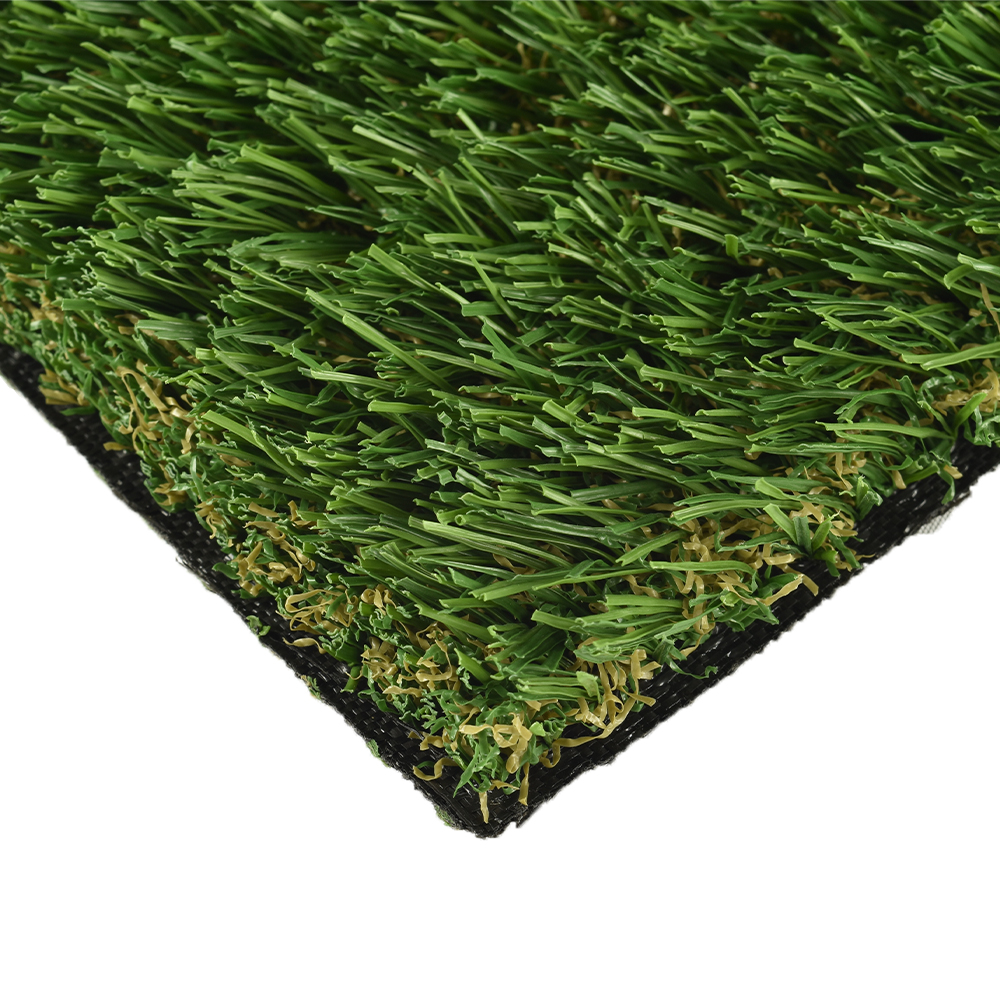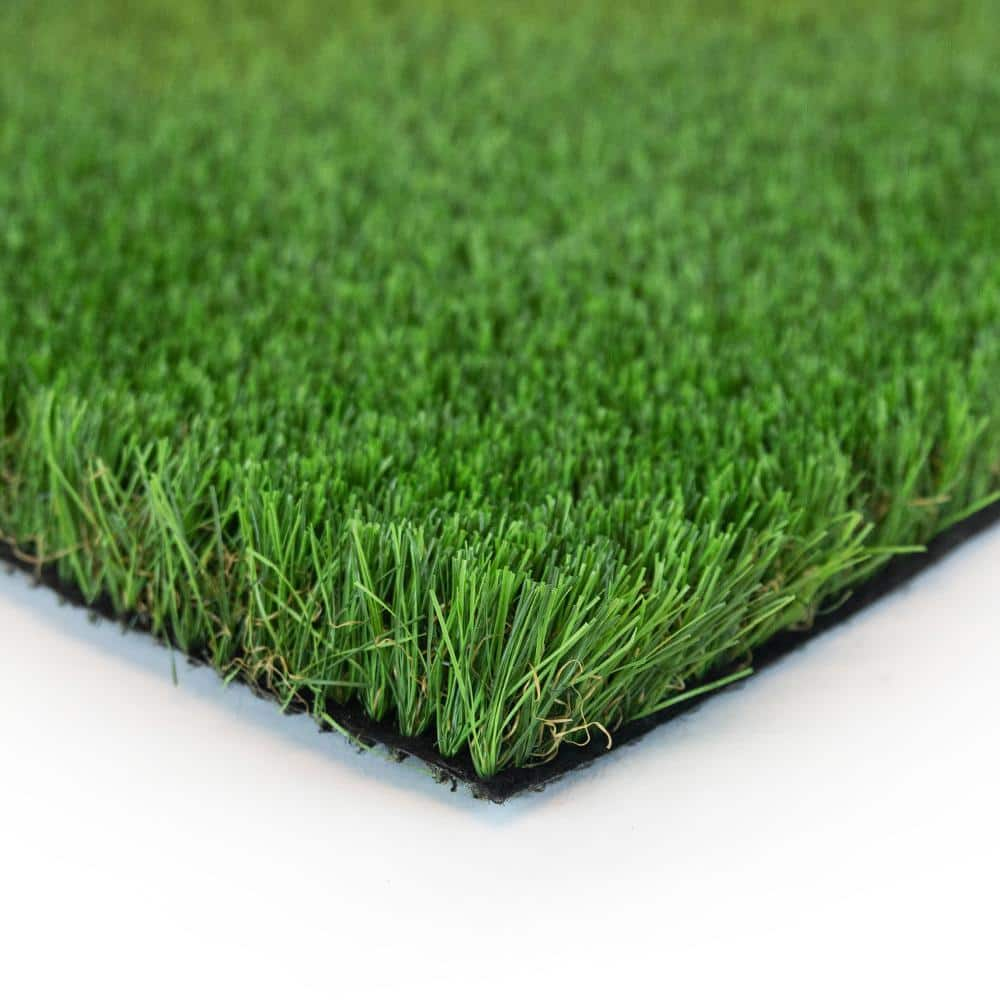Best Phoenix Turf Companies Providing Superior Synthetic Grass Solutions
Best Phoenix Turf Companies Providing Superior Synthetic Grass Solutions
Blog Article
See Why Homeowners Prefer Synthetic Grass for Sustainable Landscaping Practices
As property owners increasingly prioritize sustainability in landscape design, artificial lawn has actually arised as an engaging option to conventional turf. Its ability to conserve water, reduce upkeep initiatives, and reduce environmental impact placements it as a sensible selection for those looking for environment-friendly options. The visual charm and versatility of fabricated grass cater to varied style preferences. The effects of this shift expand beyond plain benefit and aesthetics, triggering a closer exam of how these selections influence wider environmental results. What continues to be to be explored is the complete scope of benefits that synthetic grass can supply to property owners and the setting alike.
Water Conservation Advantages
One of the most considerable advantages of synthetic grass is its function in water conservation. In comparison, artificial turf removes this need totally, as it does not call for watering.
Additionally, the setup of synthetic grass can add to a much more sustainable landscape. Property owners can considerably lower their water bills, permitting for reallocation of resources to other ecological efforts or family uses. In addition, artificial lawn is made to stand up to different climatic problems without the requirement for additional watering, making it an excellent selection for regions facing water deficiency.
The ecological benefits expand beyond immediate water financial savings. By lowering water usage, synthetic grass assists to reduce the influences of environment change, maintaining crucial environments that are threatened by too much water extraction. As lasting landscaping techniques acquire grip, synthetic grass arises as a responsible selection for property owners looking for to produce eco-friendly outside spaces.
Minimized Maintenance Initiatives
Artificial grass significantly minimizes upkeep initiatives compared to typical turf yards. With artificial turf, home owners can eliminate the lengthy jobs connected with all-natural landscape design, such as mowing, fertilizing, and weeding. This not only conserves valuable time however likewise lowers physical labor, making lawn care obtainable for individuals of all ages.
One of one of the most notable advantages is the absence of regular mowing. Standard grass call for frequent trimming to preserve a visually pleasing elevation, whereas synthetic grass stays constantly lavish without the demand for reducing. Additionally, property owners no longer need to use chemicals or plant foods, which are frequently needed to keep natural turf healthy. This change not just lightens the workload however likewise promotes a neater, a lot more uniform appearance year-round.
Moreover, fabricated lawn is durable and resilient, calling for very little upkeep beyond periodic brushing and rinsing to get rid of particles. This convenience of maintenance allows homeowners to appreciate their outside spaces without the consistent concern of upkeep, offering even more time for leisure and family tasks. Eventually, the reduced upkeep efforts related to artificial lawn make it an attractive option for those looking for a low-maintenance, visually appealing landscape.

Ecological Impact Reduction
There is a growing recognition of the environmental advantages related to synthetic grass, especially in regards to water preservation and minimized chemical use. Typical grass call for substantial quantities of water, particularly in drought-prone regions, resulting in enhanced stress on regional water resources. In contrast, synthetic grass eliminates the need for watering, drastically reducing water consumption and advertising sustainability.
In addition, standard yard maintenance typically includes the application of herbicides, pesticides, and plant foods, which can contribute to dirt and water air pollution. Synthetic grass alleviates this ecological risk by requiring minimal maintenance and essentially eliminating the need for unsafe chemicals. This not just improves dirt health and wellness however additionally protects neighborhood environments from harmful runoff.
In addition, the production of all-natural lawn lawns commonly includes using nonrenewable fuel sources for cutting and landscaping tools, further adding to greenhouse gas discharges. By picking synthetic grass, homeowners can substantially lower their carbon impact associated with grass care tasks.
Aesthetic Charm and Versatility
Along with its environmental benefits, synthetic grass uses substantial visual appeal and flexibility for landscaping. House owners can attain a lavish, green appearance year-round, getting rid of the seasonal variations generally connected with natural turf. This constant visual not just boosts the visual appeal of a home however additionally adds to a sleek and properly maintained look.
Furthermore, man-made grass is offered in a range of colors, designs, and appearances, permitting customization to match specific choices and style styles - Arizona artificial turf. Whether utilized in property gardens, industrial areas, or recreational locations, it can flawlessly incorporate into varied landscape design styles, from modern minimal to rich tropical setups
The convenience of man-made grass extends past simple appearance; it can be mounted in different locations, including roofs, outdoor patios, and even interior areas, creating right here possibilities for distinct More hints landscaping remedies. Furthermore, it is suitable for a variety of activities, from youngsters's backyard to pet-friendly settings, supplying functionality without endangering style.
Inevitably, the visual appeal and versatility of fabricated turf make it an attractive choice for homeowners looking for lasting landscaping solutions that do not compromise elegance for environmental obligation.

Long-Term Expense Savings
One of the most compelling benefits of synthetic turf is its potential for lasting expense savings. Unlike all-natural turf, which needs routine upkeep-- consisting of mowing, watering, feeding, and bug control-- synthetic grass dramatically decreases these ongoing costs. House owners can save a substantial amount on water costs, particularly in regions where water scarcity is a pushing concern. The elimination of lawn treatment solutions additionally adds to financial cost savings, as there is no requirement for specific equipment or labor.
In addition, synthetic grass has a life expectancy of 15 to 25 years, depending on its top quality and usage. This durability lessens replacement prices, making it a more affordable choice in the lengthy run. Moreover, the initial financial investment in artificial grass can frequently be redeemed through the cost savings built up in time.
While the upfront expense might seem higher contrasted to turf installation, the advancing financial savings from decreased upkeep and water use frequently exceed these first expenditures. Eventually, the fostering of artificial turf not only advertises a lasting landscape design solution however likewise supplies homeowners an economically wise choice that straightens with long-term my response budgeting goals.
Conclusion
Synthetic turf arises as an engaging choice for sustainable landscape design, using considerable advantages in water preservation, decreased maintenance efforts, and decreased ecological influence. As neighborhoods increasingly focus on ecologically pleasant methods, the adoption of fabricated grass represents a dynamic step toward accomplishing durable and lasting landscapes.
Furthermore, artificial lawn is developed to withstand different climatic conditions without the demand for supplementary watering, making it an optimal option for areas facing water deficiency. (Arizona artificial turf)

Synthetic turf arises as an engaging choice for sustainable landscape design, using significant benefits in water preservation, decreased maintenance initiatives, and decreased environmental influence.
Report this page